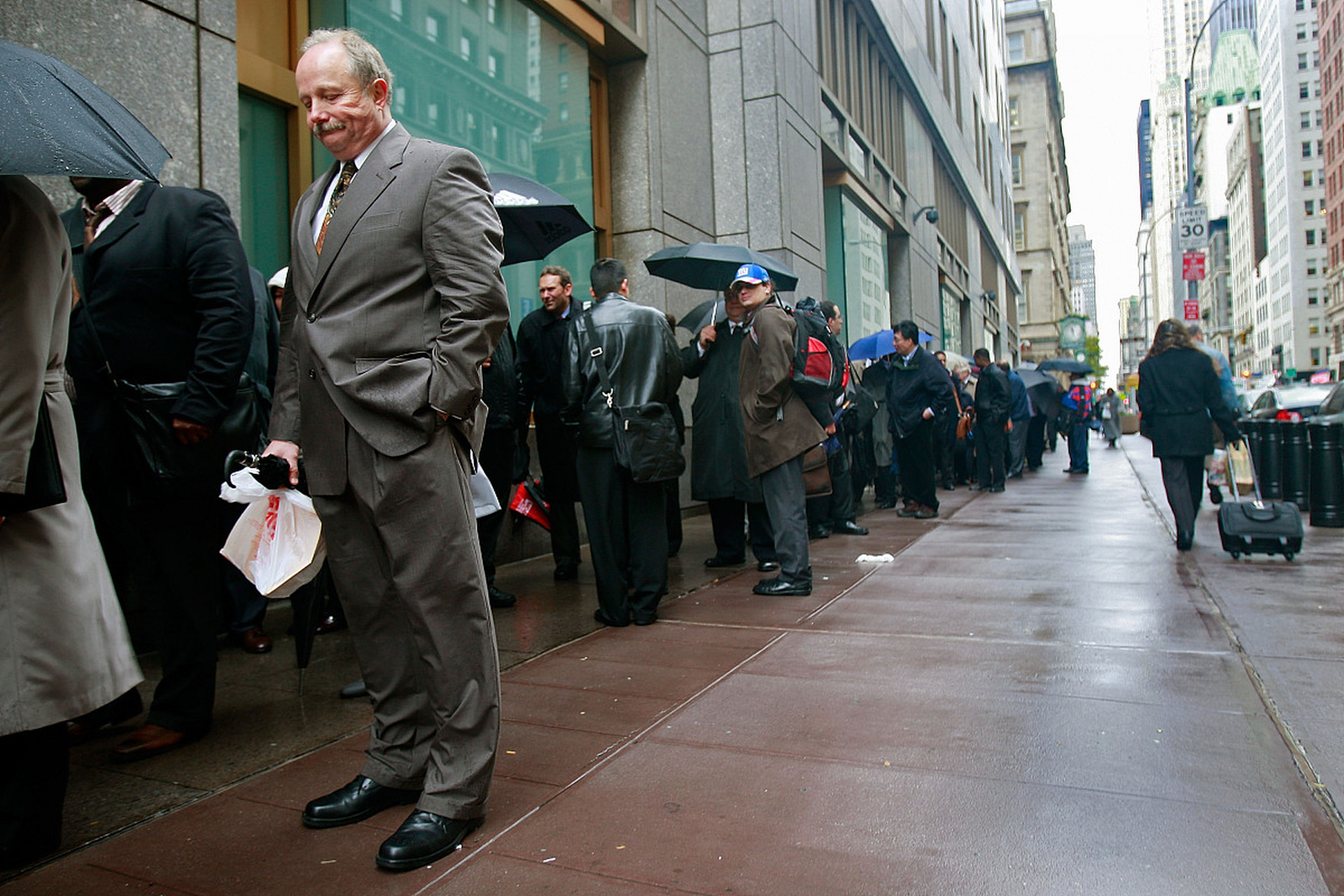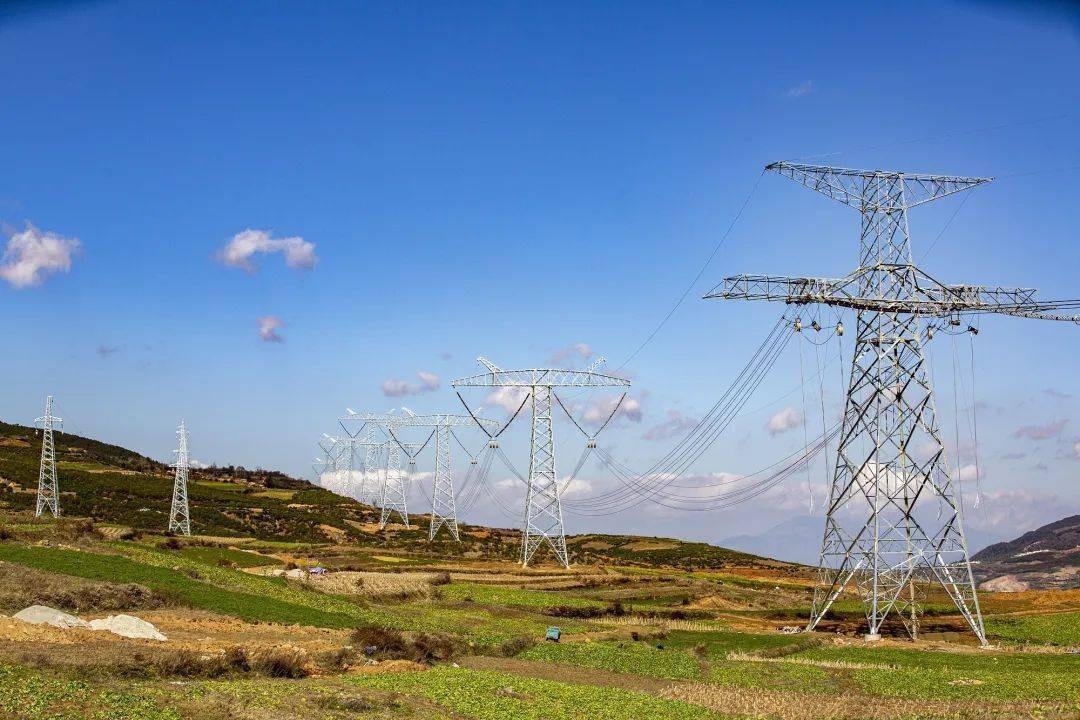
Recently, a report by Reuters has revealed the deep-seated predicament currently faced by the US economy. The dual resistance from the housing market and the labor market is forming a mutually reinforcing downward spiral, and its economic impact has far exceeded the scope of short-term fluctuations, exposing the long-term risk of structural imbalance.
The deterioration of the labor market is not an isolated phenomenon. The unemployment rate has climbed to its highest level since 2021, with the number of people filing for unemployment benefits for the first time exceeding a key threshold. For the first time in four years, the number of unemployed people has surpassed the job supply. Behind these data lies the direct driving force for the Federal Reserve to resume its rate-cutting cycle. However, the rate cuts themselves are difficult to solve the deeper problems: the pressure on corporate profits leads to a contraction in recruitment, while the rise in the unemployment rate further suppresses consumer spending, forming a self-reinforcing recession cycle. This cycle, catalyzed by the high burden rate of the housing market, is accelerating its penetration into the real economy.
The crisis in the housing market is characterized by a typical mismatch between supply and demand. Zillow data shows that the current housing gap has reached 4.7 million units, setting a new record high. Mortgage repayments have doubled compared to pre-pandemic levels. The "national housing emergency" mentioned by Finance Minister Bessent is not an exaggeration. In a high-interest-rate environment, homeowners gave up their mortgage swaps due to locking in historically low mortgages, leading to a freeze in market liquidity. This rigidity in mobility is in sharp contradiction with the labor market's demand for flexibility - as the remote working dividend driven by the technology industry gradually fades, the national population mobility rate in the United States was less than 9% in 2022, a sharp decline from the average annual mobility rate of 20% between 1948 and 1980.
Stuart III, a senior partner at McKinsey, pointed out that the restricted housing supply has directly weakened the efficiency of the labor market. In productive job markets such as New York and San Francisco, if the housing supply had been sufficient between 1964 and 2009, the US economy could have achieved an additional growth of 3.7%. This data reveals a overlooked truth: housing affordability is not only a livelihood issue but also a key variable influencing total factor productivity. When Silicon Valley engineers are forced to live in peripheral areas within a two-hour commute due to high housing prices, and when manufacturing workers give up cross-state job opportunities because of rental costs, the geographical mismatch in the labor market is eroding the potential for economic growth.
Recently, mortgage rates have dropped to an 11-month low of 6.35%, seemingly bringing a turning point, but the market response has been lukewarm. A McKinsey survey shows that nearly 70% of Americans are worried about the rise in house prices, an increase of 8 percentage points compared with the same period last year. This self-fulfilling mechanism of expectations is taking shape: Even if the actual growth rate of housing prices slows down, pessimism will still restrain consumption decisions, especially against the backdrop of increasing uncertainty in the job market. Consumer spending, as the main driver of the economy, its weakness will directly affect business investment and recruitment.
The economic logic for addressing the housing shortage is clear: McKinsey's calculations show that by 2035, filling the housing gap could create 1.7 million jobs and drive a GDP growth of 2 trillion US dollars. However, the actual implementation is confronted with multiple constraints: labor shortages in the construction industry, restrictions imposed by local zoning regulations, and rising raw material costs, among other issues, which make it difficult for housing investment to quickly form effective supply. More importantly, there is a time lag effect in the economic pull of housing construction, which cannot offset the current downward pressure on the economy in the short term.
Against this backdrop, the synergy between monetary and fiscal policies has become a key variable. If the Federal Reserve's interest rate cut can be passed on to the credit market and combined with fiscal stimulus measures, it may partially alleviate the financing pressure on enterprises. However, historical experience shows that simple demand management policies are difficult to solve structural supply problems. The Trump administration's deregulation measures may enhance the efficiency of some industries, but in the housing and labor markets, the removal of institutional barriers requires more systematic reforms.
The US economy is at a crossroads: the historic gap in the housing market resonates with the liquidity crisis in the labor market, while the options for response in the policy toolkit are increasingly limited. This dual resistance test not only examines the short-term economic resilience but also the ability of the institutional system to respond to structural challenges. When the multiplier effect starts to operate in reverse, any policy mistake may trigger a larger-scale economic rebalancing.

报告显示,中国电力投资加速增长,预计2024年电网基建投资将超过5300亿元。
近日,市场迎来了一则引人注目的消息:工业巨头3M公司(MMM.N)在本周五公布了其季度业绩报告,随后股价飙升至近两年来的
最近,外媒给OpenAI算了笔账,今年可能要血亏50亿美元。
近日,巴黎奥运会和世界铁人三项协会联合发布了一项重大决定,宣布因塞纳河水质污染问题,原定于近期进行的奥运会铁人三项首次下
当地时间7月18日,法国巴黎发生了一起令人震惊的持刀袭警事件。
近期,一则重大消息在国际舞台上引起轩然大波,马来西亚宣布加入金砖国家。
调查发现,互联网和智能手机的使用干扰了韩国近五分之一学生的生活。